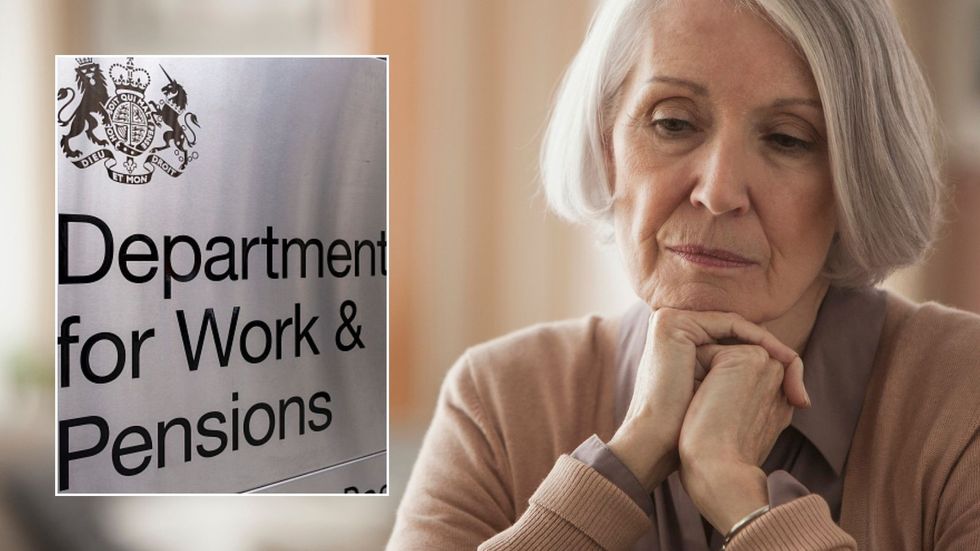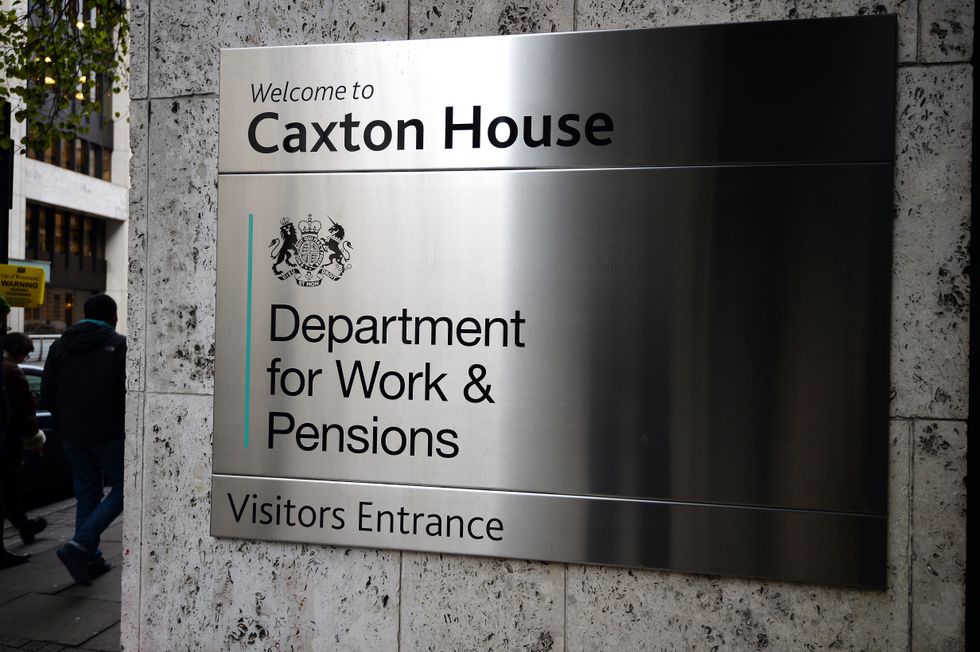The Government’s efforts to fix state pension underpayments has largely “failed”, with only a fraction of the expected payments being made to those affected.
Despite sending 370,000 letters to potential claimants, only 12,379 cases with arrears have been identified so far.
This has resulted in just £104 million being paid out – approximately one-tenth of the original £1.1bn estimate set aside by the Department for Work and Pensions (DWP) last year.
The scale of the problem has been highlighted in a new report from the DWP, which reveals that their attempts to correct these underpayments have fallen significantly short of expectations.
In 2022, the DWP found that some state pensioners had incorrect payments due to periods of missing Home Responsibilities Protection (HRP).
The issue affected primarily women who took time out of work for caring responsibilities.
The research published by the DWP reveals several reasons for the low response rate. Many recipients are elderly with limited internet skills, yet the Government has implemented a “digital by default” application process requiring online eligibility checks and claims.

DWP ‘failing’ to reach thousands who are owed £7,800 payments
GETTY
Many pensioners mistook the letters for scams and didn’t respond. Others believed they wouldn’t qualify or that it was “too late” to rectify the situation.
Some simply didn’t understand the connection between historic child benefit claims and their current state pension entitlement.
Steve Webb, partner at pension consultants LCP who first raised concerns about missing HRP more than 15 years ago, expressed disappointment at the results.
He said: “It is deeply disappointing that efforts to track down mothers being underpaid their state pension have so far failed to reach the vast majority of those who the Government thinks have lost out.
“Writing letters to elderly people which guide them towards a two-stage online process was always going to have a low success rate.
LATEST DEVELOPMENTS:

New figures show Government failing to reach ‘vast majority’ of mothers
GETTY
“People are understandably wary of scams, and expecting them to do their own online eligibility check before submitting an online claim was bound to put many people off.
“Whilst DWP deserve credit for conducting research into the reasons for the failure of the strategy so far, it is vital that efforts are now redoubled to make sure that far more people get the state pension that should have been theirs by right.”
The HRP scheme ran from 1986 to 2010, before being replaced by National Insurance credits. It was designed to protect people’s National Insurance contributions towards their state pension when they were out of work due to caring responsibilities.
Previous Government estimates suggest the average underpayment is around £7,800 per person. Those affected may also see an increase in their current state pension entitlement once their record is corrected with the missing HRP.
The latest DWP figures show there was a total of £450 million in underpayments in the 2024/2025 tax year.
Fleur Iannazzo, a money wellbeing expert and coach at Aon, has called on people to verify whether they are due payments. She advised: “Anyone who thinks they might’ve been underpaid their state pension due to missing Home Responsibilities Protection (HRP) years should act now.
“The form to apply is CF411 and is found on the Government’s website, with help also available online or through the Department for Work and Pensions’ helpline. It can also be a good idea to get a trusted friend or family member to support you with this process.”
The CF411 form is utilised for HRP applications, and once successful, this can be backdated on National Insurance records, potentially boosting state pension entitlement and possibly resulting in owed payments.
Iannazzo commented on the potential sums people could be missing: “In the most serious cases where someone is on a full state pension, people could be missing out on thousands of pounds a year in back pay.”

The CF411 form is utilised for HRP applications
GETTY
Who is eligible for HRP?
The Government website explains that individuals who cared for a child or a sick or disabled person between 1978 and 2010 may still be eligible to apply for Home Responsibilities Protection (HRP).
Eligibility applies if they were receiving Child Benefit for a child under 16, were caring for a child while their partner received the Child Benefit instead, or were claiming Income Support due to caring responsibilities.
Those who looked after someone receiving certain disability-related benefits may also qualify. Between 2003 and 2010, eligibility extended to foster carers and kinship carers in Scotland.
HRP was often applied automatically for individuals receiving Child Benefit in their own name, provided they had given their National Insurance number to the Child Benefit Office, or for those on Income Support who were not required to seek work because of their caring duties.
Although HRP ended in April 2010 and was replaced by National Insurance credits for parents and carers, those who were eligible during the qualifying period can still apply.







